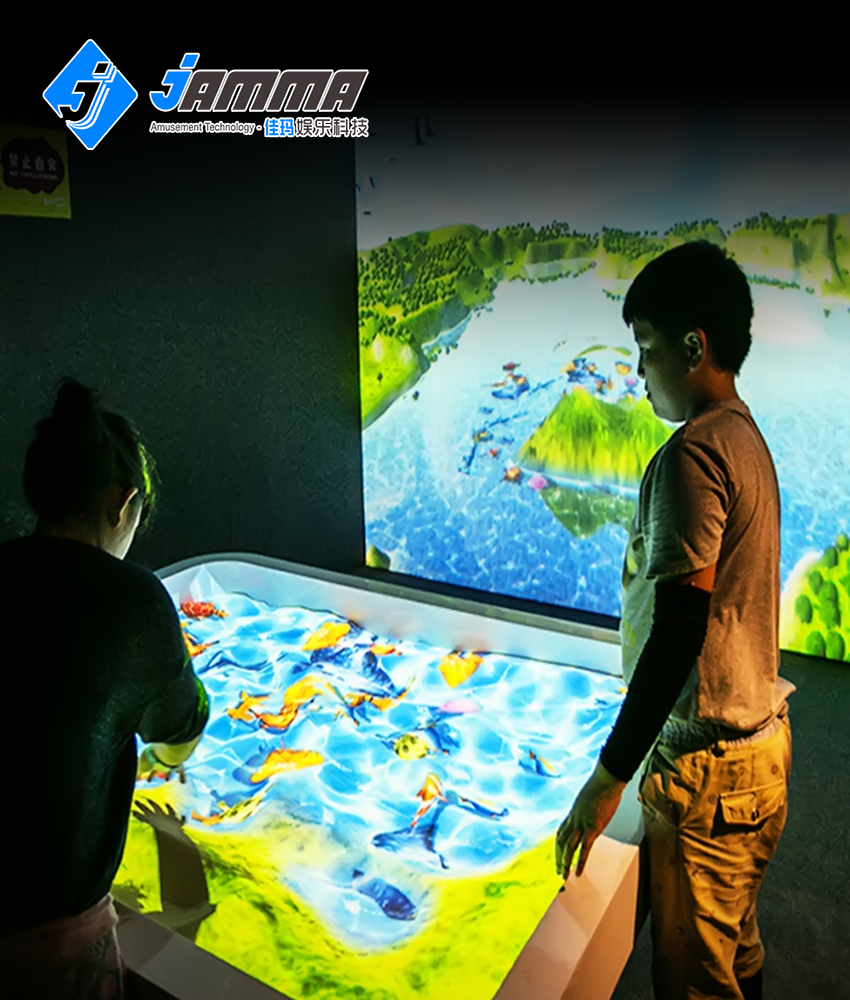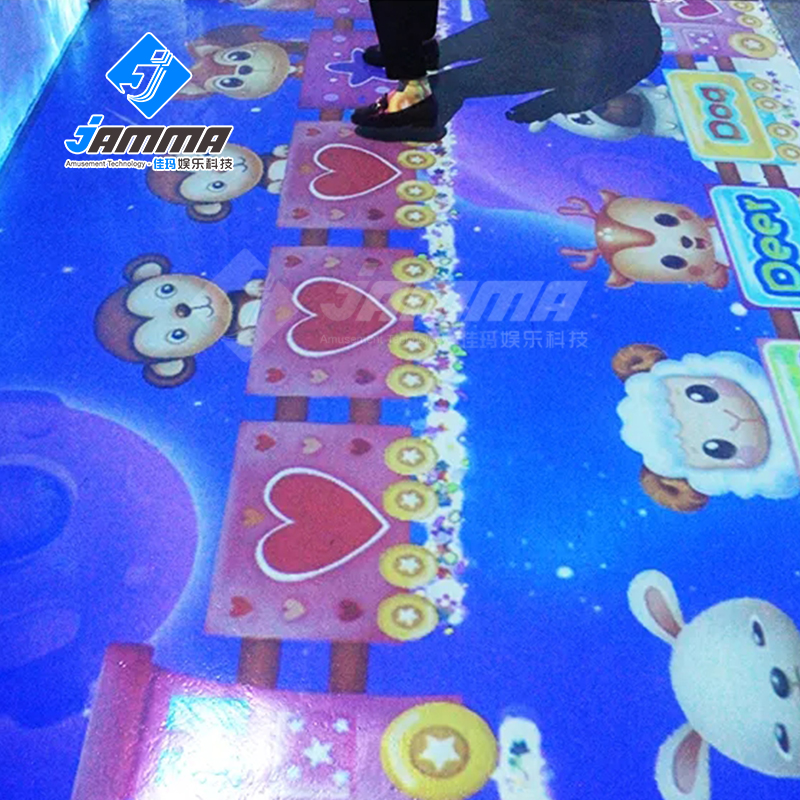Exploring New Dimensions in Art: Are 3D Holographic Museum the Future of Immersive Experiences?
A New Horizon in Art Holographic Museum
The realm of art museums is undergoing a breathtaking transformation. The emergence of 3D holographic interactive themes is not just a novelty; it’s a seismic shift in how we experience art. In this post, we explore how these immersive technologies are revolutionizing the art world.
The Emergence of Immersive Art and Technology Holographic Museum
Blending Art with Advanced Technology
At the forefront of this evolution is the museum of immersive art and technology. This section delves into how these museums are utilizing cutting-edge holographic emulators and projection systems to create immersive, lifelike experiences. We explore how these technologies bring art to life in an unprecedented manner.
Interactive Immersive Art Museums: Engaging Audiences Like Never Before
A New Level of Interaction
Interactive immersive art museums are redefining visitor engagement. This part discusses how interactive exhibits, powered by advanced systems and software, are transforming viewers into active participants, creating unique and personalized art experiences.

The Van Gogh Immersive Experience: A 3D Holographic Museum Journey
Stepping into the Masterpieces
The art museum Van Gogh immersive experience serves as a prime example of this new era. We’ll explore how 3D holography breathes new life into Van Gogh’s masterpieces, allowing visitors to step inside his world, witnessing his brushstrokes and color palettes in stunning three dimensions.
The World of Immersive Digital Art Holographic Museum
A Global Phenomenon
Immersive digital art museums are capturing the world’s imagination. This section explores various global exhibits, demonstrating the vast potential of 3D holographic technology in showcasing diverse artistic expressions, from contemporary installations to classic masterpieces.

Customizing the Immersive 3D Holographic Museum Experience: The Cost and Creators
Tailoring the Art to the Audience
Delving into the realms of customization and creation, this part discusses the costs involved in setting up a custom immersive art museum. We cover the role of 3D holographic Van Gogh art museum customization companies and provide insights into selecting the right manufacturer or supplier for your specific needs.
The Future of Art Exhibitions: Moving Beyond Traditional Boundaries
Art, Technology, and Beyond
In this concluding section, we reflect on how 3D holographic technology might continue to shape the future of art exhibitions. We consider the implications of these advancements for artists, curators, and audiences alike, proposing a future where art transcends traditional boundaries and enters new realms of experience.
Are 3D holographic art museums accessible to all audiences?
Yes, these museums are designed to be accessible and engaging for a wide range of audiences, offering an inclusive approach to art appreciation.
Q: How do 3D holographic exhibits differ from traditional art displays?
A: 3D holographic exhibits offer a more immersive and interactive experience, allowing audiences to engage with art in a multi-dimensional space, unlike traditional static displays.




















Recent Comments